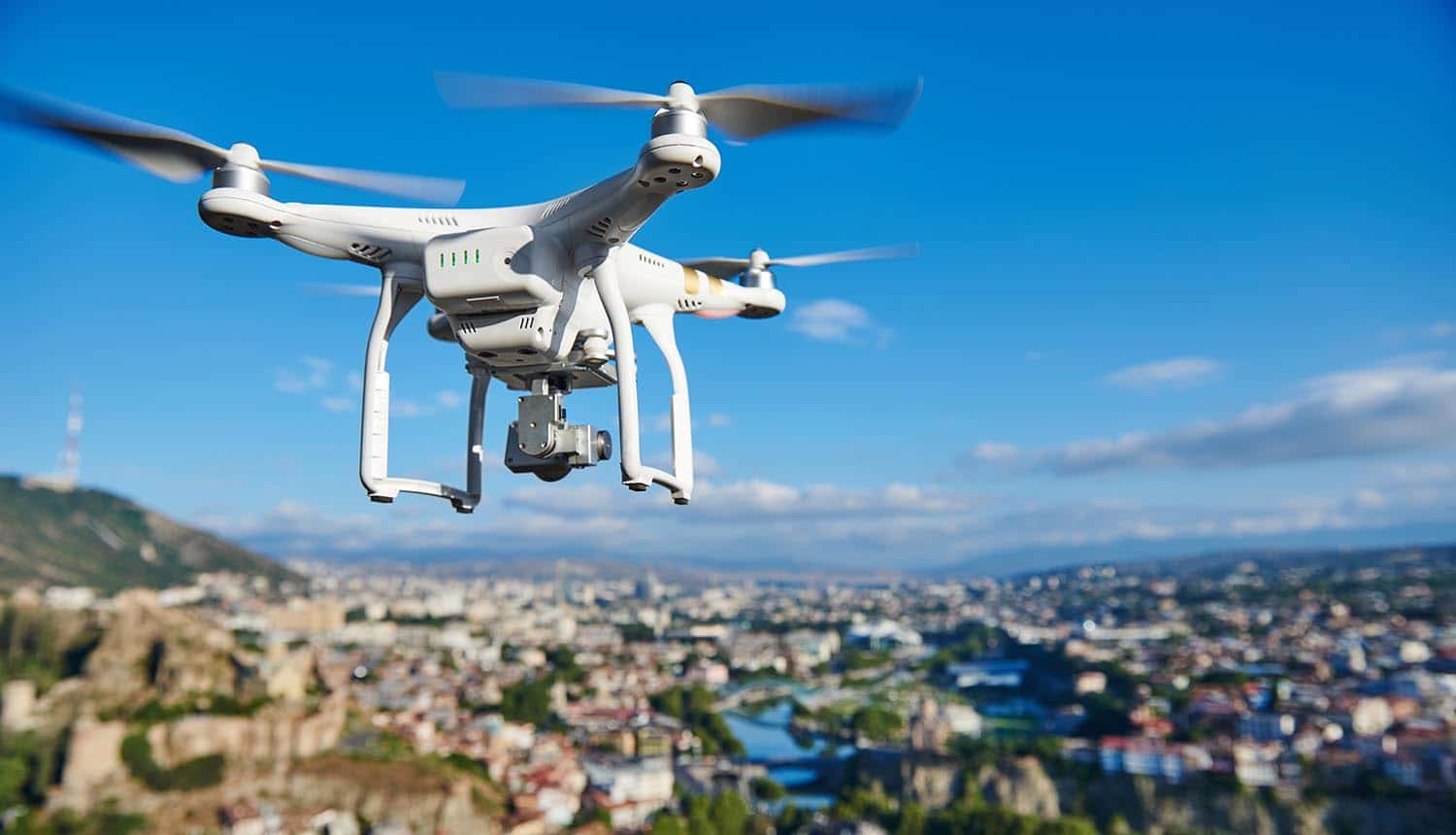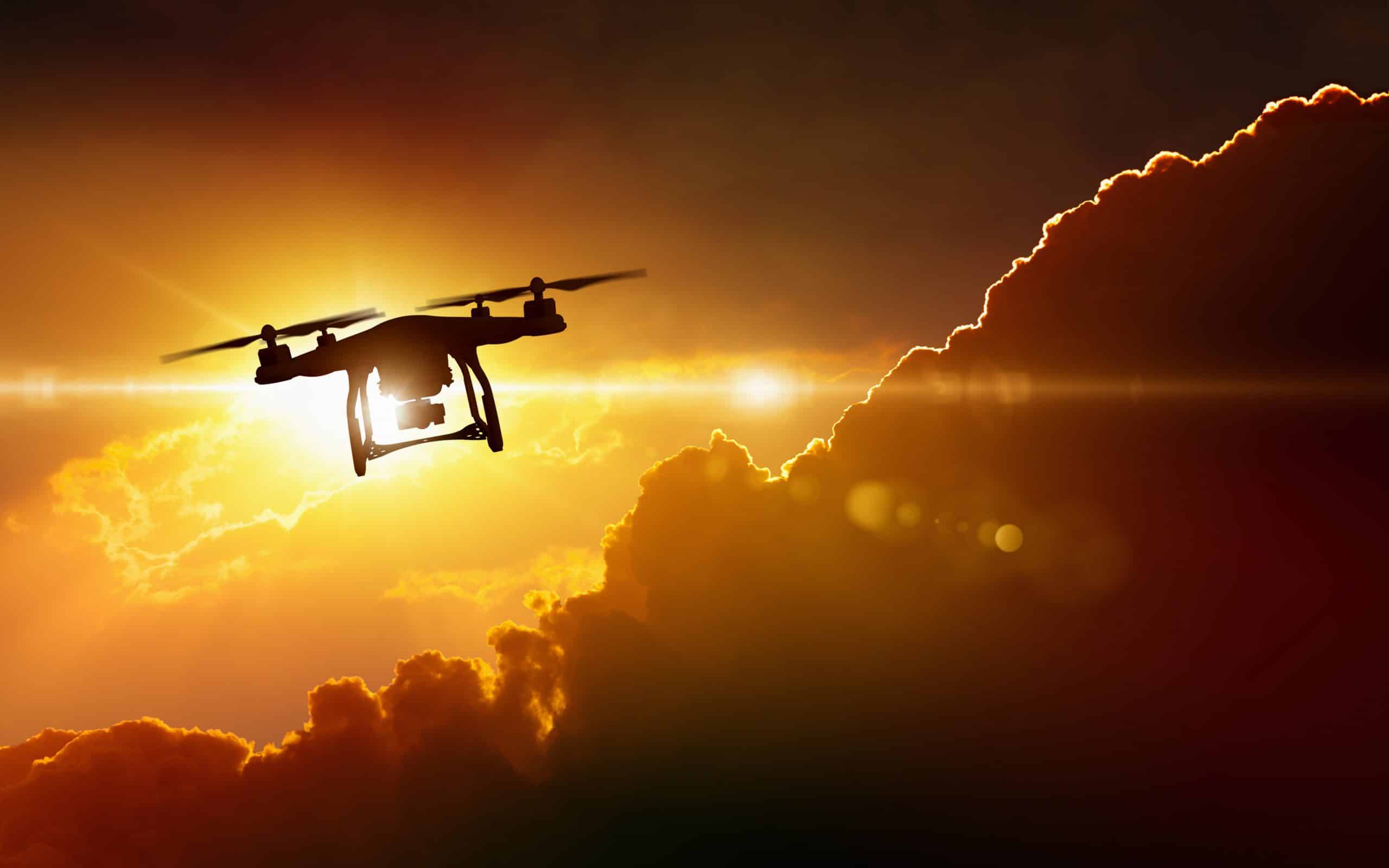Sky elements drones are revolutionizing atmospheric research, offering unprecedented access to real-time data collection at various altitudes. These unmanned aerial vehicles (UAVs), equipped with an array of sophisticated sensors, are transforming our understanding of weather patterns, air quality, and the complex interactions within our atmosphere. This exploration delves into the current capabilities, applications, and future potential of this rapidly evolving technology.
From measuring temperature and humidity profiles to monitoring pollutant concentrations and studying cloud formations, sky elements drones provide invaluable insights previously inaccessible through traditional methods. The data collected contributes to more accurate weather forecasting, improved environmental monitoring, and a deeper understanding of climate change.
Sky Elements Drones: Revolutionizing Atmospheric Data Collection
The integration of drone technology into atmospheric research represents a significant leap forward, enabling unprecedented data acquisition capabilities and offering new insights into our planet’s atmospheric processes. This technology allows for more precise, localized, and cost-effective measurements compared to traditional methods, providing valuable data for meteorology, environmental monitoring, and atmospheric science.
Current State of Drone Technology in Atmospheric Data Collection, Sky elements drones
Drones are increasingly used for atmospheric data collection, providing real-time, high-resolution data on various atmospheric parameters. This integration involves equipping drones with a variety of sensors to measure temperature, pressure, humidity, wind speed, and other crucial atmospheric variables. This allows for detailed mapping of atmospheric conditions, particularly in challenging terrains or remote locations inaccessible to traditional methods.
Commonly Used Atmospheric Sensors in Drones
A range of sensors are employed in drone-based atmospheric research, each designed to measure specific atmospheric parameters with varying degrees of accuracy and limitations. The selection of sensors depends on the specific research objectives.
| Sensor Type | Measurement | Accuracy | Limitations |
|---|---|---|---|
| Temperature Sensor (Thermistor or RTD) | Air Temperature | ±0.5°C | Sensitivity to solar radiation, limited range |
| Pressure Sensor (Barometric) | Atmospheric Pressure | ±1 hPa | Affected by altitude changes, requires calibration |
| Humidity Sensor (Capacitive or Resistive) | Relative Humidity | ±2% RH | Sensitivity to temperature and pressure variations |
| Anemometer (Ultrasonic or Propeller) | Wind Speed and Direction | ±0.5 m/s | Susceptible to vibrations, requires careful placement |
Drone Platforms for Atmospheric Research
Various drone platforms are suitable for atmospheric research, each with its own strengths and weaknesses. The choice depends on factors such as payload capacity, flight time, and operational range. Larger, heavier drones can carry more sensors and have longer flight times, but are less maneuverable and require more extensive infrastructure. Smaller, lighter drones offer greater agility and portability but have limitations in payload and flight duration.
Examples include fixed-wing drones for large-scale surveys and multirotor drones for detailed, localized measurements. Hybrid designs are also emerging, combining the advantages of both.
Applications of Sky Elements Drones
The applications of drones equipped with atmospheric sensors are diverse and rapidly expanding across various scientific and operational domains. Their ability to collect high-resolution data in a cost-effective and timely manner makes them invaluable tools.
Meteorology and Weather Forecasting
Drones are revolutionizing weather forecasting by providing real-time data on atmospheric conditions, improving the accuracy of weather models and predictions. They can capture data from hard-to-reach areas, offering a more comprehensive picture of weather patterns. This is particularly useful in monitoring severe weather events like thunderstorms and hurricanes.
Environmental Monitoring

Drones play a crucial role in environmental monitoring, particularly in assessing air quality and pollution levels. They offer a flexible and efficient way to map pollution plumes and identify sources of contamination.
- Particulate Matter (PM2.5 and PM10): Measured using optical particle counters.
- Nitrogen Dioxide (NO2): Detected using electrochemical sensors.
- Ozone (O3): Measured using UV absorption spectroscopy.
- Sulfur Dioxide (SO2): Detected using electrochemical sensors.
- Carbon Monoxide (CO): Measured using electrochemical sensors.
Atmospheric Research: Clouds, Aerosols, and Precipitation
Drones are invaluable in studying atmospheric processes like cloud formation, aerosol distribution, and precipitation patterns. Their ability to collect data at various altitudes and locations provides detailed insights into these complex phenomena. This includes the study of cloud microphysics, aerosol composition, and precipitation intensity and type.
Data Acquisition and Processing: Sky Elements Drones
Efficient data acquisition and robust processing techniques are essential for extracting meaningful insights from drone-based atmospheric measurements. A well-defined workflow ensures data quality and reliability.
Data Collection and Processing Methods
Atmospheric data is collected using various sensors integrated onto the drone. Data transmission can be real-time or stored onboard for later retrieval. Post-processing involves data cleaning, calibration, and analysis using specialized software.
Sky elements drones offer a unique perspective, allowing for innovative aerial photography and data collection. However, if you’re looking for a different kind of tracking this holiday season, you might try contacting the norad santa tracker phone number for updates on Santa’s journey. Returning to drones, their applications are constantly expanding, from infrastructure inspections to environmental monitoring.
Data acquisition involves deploying the drone equipped with appropriate sensors to the target location. The sensors collect data, which is transmitted wirelessly to a ground station or stored on the drone for later retrieval. Data processing involves cleaning the data to remove outliers, calibrating the data to account for sensor drift, and applying appropriate algorithms to extract meaningful information. Finally, the data is analyzed to draw conclusions and support research objectives.
Best Practices for Data Accuracy and Reliability
Several best practices ensure data accuracy and reliability, including pre-flight sensor calibration, regular sensor maintenance, and careful consideration of environmental factors that can influence measurements. Data quality control checks, such as outlier removal and data validation, are crucial steps in the data processing workflow.
Challenges and Future Directions
While drone technology offers significant advantages, several challenges remain. Addressing these challenges will further enhance the capabilities of drone-based atmospheric research.
Technological Limitations

Current limitations include limited flight time, payload capacity, and operational range for some drone platforms. Weather conditions can also significantly impact drone operations, limiting data collection opportunities.
Challenges in Data Transmission, Storage, and Processing
Data transmission from high-altitude drones can be challenging due to signal attenuation and interference. Efficient data storage and processing methods are needed to handle large datasets acquired from multiple drone deployments.
Future Developments in Drone Technology
Several advancements hold the potential to enhance drone-based atmospheric data collection and analysis. These include improved battery technology, more efficient data transmission systems, and the development of more sophisticated and miniaturized sensors.
Sky elements drones, with their intricate choreography and vibrant displays, are pushing the boundaries of aerial entertainment. However, even the most advanced technology can encounter unexpected issues, as highlighted by the recent orlando drone show malfunction , which serves as a reminder of the complexities involved in large-scale drone operations. Despite such setbacks, the future of sky elements drones remains bright, promising ever more impressive and reliable shows.
- Longer flight times and increased payload capacity.
- Improved sensor accuracy and miniaturization.
- Autonomous navigation and operation capabilities.
- Advanced data processing and analysis techniques.
- Integration of artificial intelligence for real-time data interpretation.
Illustrative Example: A Hypothetical Drone Deployment

Consider a hypothetical deployment of a fixed-wing drone equipped with a suite of sensors to study the atmospheric conditions over a volcanic region known for frequent ash plumes. The objective is to monitor the plume’s composition, dispersion, and impact on surrounding air quality. The drone, equipped with sensors for temperature, pressure, humidity, wind speed, and particulate matter concentration, is deployed during a period of moderate volcanic activity, under clear skies with light winds.
The data collected shows a clear correlation between wind speed and the dispersion of the ash plume. Higher wind speeds lead to faster plume dispersion, while lower wind speeds result in localized accumulation of ash particles. Analysis of particulate matter data reveals the presence of various volcanic aerosols, providing insights into the chemical composition of the plume. The data also demonstrates a temperature inversion at a specific altitude, impacting the vertical dispersion of the plume.
This hypothetical scenario highlights the potential of drone-based atmospheric research to provide valuable insights into complex atmospheric phenomena.
The integration of drones into atmospheric research represents a significant leap forward in our ability to monitor and understand our planet’s atmosphere. While challenges remain in data processing and technological limitations, the potential benefits are immense. As drone technology continues to advance, we can anticipate even more sophisticated applications, leading to more precise weather predictions, effective pollution control strategies, and a more comprehensive understanding of atmospheric processes crucial for addressing climate change and safeguarding our environment.
FAQ Compilation
What are the safety regulations for operating sky elements drones?
Regulations vary by country and region. Operators must comply with local aviation authorities’ rules concerning airspace restrictions, flight permissions, and operational safety protocols. These often involve registration, licensing, and adherence to specific flight paths and altitudes.
The increasing sophistication of sky elements drones, from their navigation systems to their payload capabilities, raises significant concerns about potential misuse. Recent events, such as the kazan drone attack , highlight the need for robust counter-drone technologies and stricter regulations. Understanding the vulnerabilities and potential threats posed by these unmanned aerial vehicles is crucial for developing effective safeguards to protect civilian airspace and infrastructure.
How much does a drone suitable for atmospheric research cost?
The cost varies greatly depending on the drone’s capabilities, payload capacity, sensor suite, and manufacturer. Prices can range from several thousand dollars for basic models to hundreds of thousands for highly specialized research platforms.
What is the typical lifespan of a drone used for atmospheric research?
Lifespan depends on usage, maintenance, and environmental factors. With proper care, a high-quality drone can last several years. However, components may need replacement over time, impacting overall operational longevity.